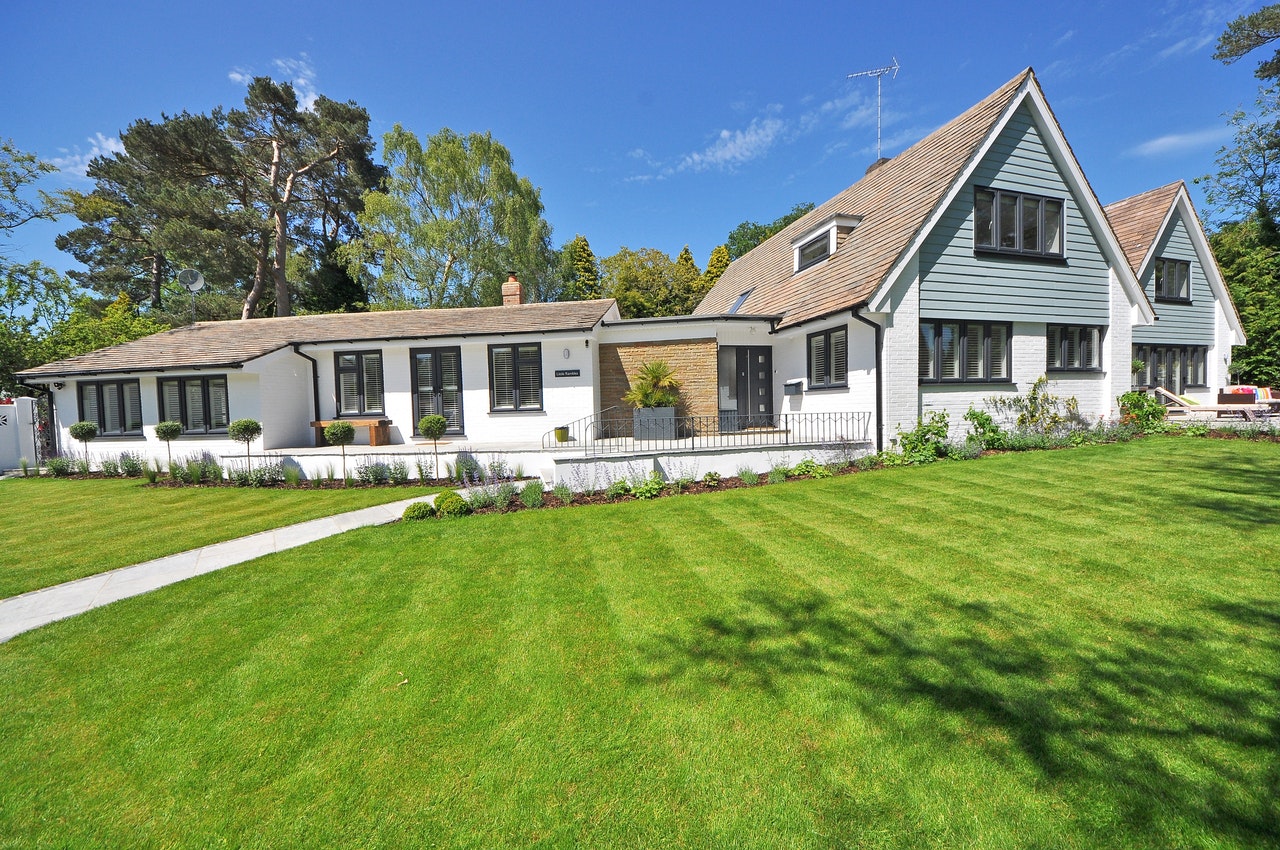It can be a daunting task to keep a home well-managed and keep everything inside it working. But paying for maintenance, repair, and replacement costs is an even more difficult task. It can set your finances back by a few hundred to thousands annually, depending on the quality of the equipment you use and how you use them.
Repairs and general maintenance costs can set the typical American family back by around $170 every month. Those numbers can increase if they have more equipment to maintain and repair.
What are the things included in home maintenance costs?
Every home has a good number of appliances that work to make the people living inside them comfortable. Most of the time, those appliances are used to the last bit of their powers, which results in maintenance, repair, and replacement spending. A home’s appearance also requires maintenance, along with the necessities such as plumbing and electrical work.
Here are the basics of what’s included under home maintenance costs:
- Paint maintenance
- Lawn care
- Door alignment
- Plumbing
- Ceiling fans
- Roofs
- Tiles
What are the factors defining your home’s maintenance costs?
Numerous factors determine how much you pay for home maintenance. Figuring them out and weighing them all together can help you point out how you can reduce maintenance costs, but some are just impossible to change.
Your home’s location.
Your home’s geographical location is a big factor in how its quality and state progress overtime. You may be living in hilly areas, near water flow channels, flood-prone areas, and more. Those factors impact how your home fares over the years. If you live in a home in a place prone to flooding, you should expect higher maintenance costs because water can deal a lot of damage to your home’s overall structure, furniture, and appliances.
You can counter environmental factors by using materials that are inclined to withstand them. For example, using a PVC roof instead of other materials that aren’t as durable will help you cut costs in roof maintenance, which can set you back up to over $1,500 every year.
The condition of your home.
If you aren’t the first owner of the home you’re living in, chances are its condition is already below ideal, especially when it’s already gone through multiple families with different habits in using and maintaining the place.
It’s completely acceptable to run into some hiccups when you’re not the first person to dwell in the place, but if the home’s condition isn’t all that good, you should expect to pay more in keeping it running smoothly.
You should also invest in keeping it looking good and comfortable because doing that will help you sell the home easier and for an ideal price in the future.
The home’s age.
Relative to its condition, the span of time from the home’s building days until today when you’re living in it after a few families have will be a determining factor of how much you’re going to spend on maintaining it.
This is the case, especially if you’re into the aesthetic and feel of old homes or if you live in a home owned by your family. There’s no doubt that older homes will be more expensive to maintain, but hiring professionals who can help you tackle how you can best maintain an aged home will definitely help, albeit not cost-wise.
How can you reduce costs?

After finding out what factors determine how much you spend on maintaining your home, you’re keen on finding out how you can save. It’s only a smart thing to do, as you can use the saved money on keeping your home pretty instead of repeatedly spending on the same maintenance and repair works.
1. Check everything in the off-season.
When seasons transition from one to the next, use the time to give every part of your home a once over. Check if your heating, ventilation, and air conditioning system needs cleaning or repair, see if your roof shingles are intact, and many others. This will prevent you from running into bigger problems with them when the next season begins.
2. Make cleaning a habit.
Cleaning your appliances, raking dried leaves, dusting, and degreasing around your home will save you from running into issues that need repair services, which can be costly depending on how bad the problem is.
In maintaining a home, the same mantra of prevention is better than cure also applies. It’s easier to clean things up than to pay for a repair or buy a replacement.
3. Set aside a home maintenance fund.
If you have a set budget ready for when you need repair and maintenance services, you’ll have the opportunity to control how much you’ll be spending on them. Setting aside a budget will also give you time to find the best companies to provide the most effective and affordable services based on your needs.











